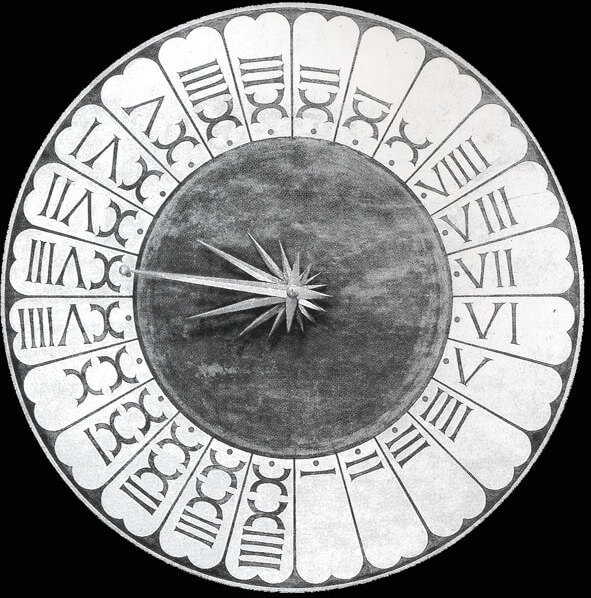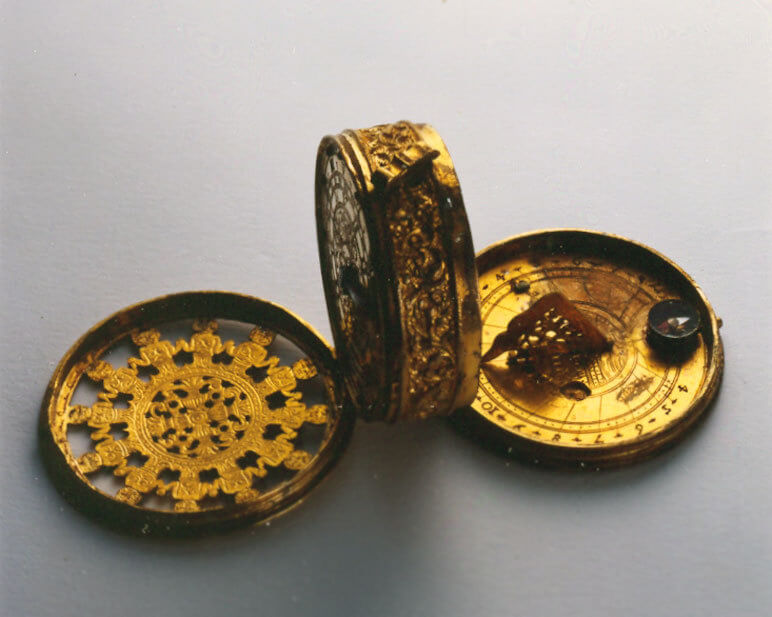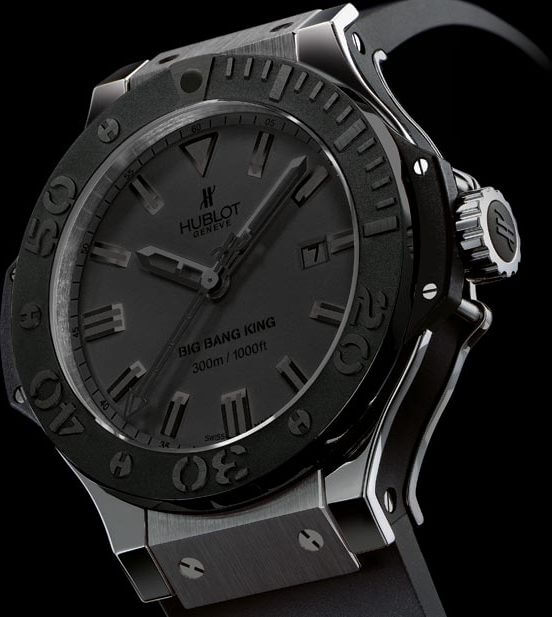Romain Jérôme has taken iconoclasm to a new level with its Day&Night watch. First it incorporates rust, an element watchmakers avoid like the plague. And non-stabilised rust at that, reclaimed from the Titanic along with the pieces of steel that make up its case (some would say tomb!). The brand, launched barely four years ago, also clearly states where its movements are sourced – in this case, an exclusive development by BNB Concept – something which many others, in identical situations, still refuse to do. And the cherry on the cake is that the Day&Night is touted as the first watch that doesn’t give the time, simply the alternating periods of day and night through two tourbillons, operating sequentially. Whether you’re an admirer or a detractor of this approach, Romain Jérôme knows that in either case it’s guaranteed publicity for its watches and, bearing in mind Caligula’s legendary declaration, oderint dum metuant (let them hate, so long as they fear), that in the second instance the impact on sales can be even greater!
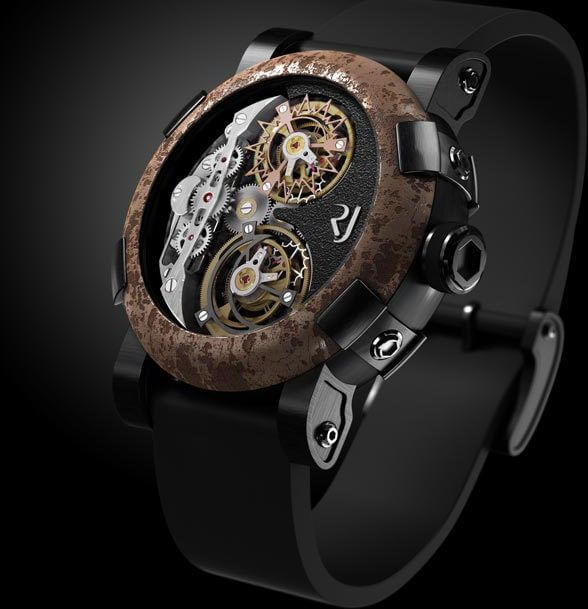
Pocket sundials
Of the Day&Night’s many provocative features, we will focus on the last, that is the absence of any real dial and hands. This takes us back to the early days of mechanical horology (thirteenth century) and the first turret clocks which, with a few rare exceptions, had no dial and consequently no hands. Their mechanism, with escapement and driving weights, triggered bells to strike at various key moments of the day. Striking watches are their worthy successors. While the Day&Night introduces an entirely different configuration, made possible by the fact that time can now be read in all manner of places, from the most useful to the most incongruous, its division of time nonetheless has its own historical link, as the Egyptians counted twelve diurnal hours and twelve nocturnal hours, with the day beginning at midnight.
Dials became a relatively common feature of turret clocks from the fifteenth century and were clearly indebted to sundials: their graduations were a consequence of the 24 hours of the day and a single hand moved counter-clockwise, just as the shadow of the pin on a vertical sundial moves from left to right. The division of the day, and consequently the dial, into two twelve-hour cycles shown on concentric circles became official in 1582 with the Gregorian calendar. Unlike their predecessors, in particular in Italy where the first hour (I in Roman numerals) was at the lowest point of the dial (“Italian hours” began the day half an hour after sunset) these “Gregorian” dials introduced the tradition of placing twelve and twenty-four at the highest point in reference to the sun’s position in the sky at noon. It was only from the eighteenth century that the hour hand was joined by a second larger hand on the same axis to indicate the minutes.
A cool reception for the seconds hand
“As driving weights were replaced by the spring, and mechanisms grew smaller, so the watch was born in the late fifteenth century,” writes Dominique Fléchon, director of the Research and Study Centre at the Fondation de la Haute Horlogerie in the catalogue for Faces of Fine Watches: Dials and Hands (2003). “Many watches included a sundial for setting the time. Their flat, legible, brass dial was borrowed from domestic clocks of that period. An outer circle of Roman numerals, separated by flower buds, lozenges or other motifs indicating the half-hours, graduated the dial from one to twelve. An inner circle of Arabic numerals showed the hours from thirteen to twenty-four. An engraved sun, its rays pointing majestically to the hours and half-hours, sat proudly in the centre.”
Shortly after the advent of the pocket watch, Renaissance astronomical watches were already combining several types of display: hands swept annular dials to indicate the hour and date while moon phases and days could be read through apertures. As with turret clocks, the minute hand had to wait until after 1700 to become a common feature of the pocket-watch dial. Time was now measured on a dual scale, with an outer circle of Roman numerals for the hours and an inner circle of Arabic numerals for the minutes. History has left us with few examples of clocks with a seconds hand made prior to the late seventeenth century. The invention of the centre seconds hand can be traced to circa 1740, followed by the foudroyante or jumping seconds circa 1760. It would however be some time, even longer than for the minute hand, before they were widely adopted.
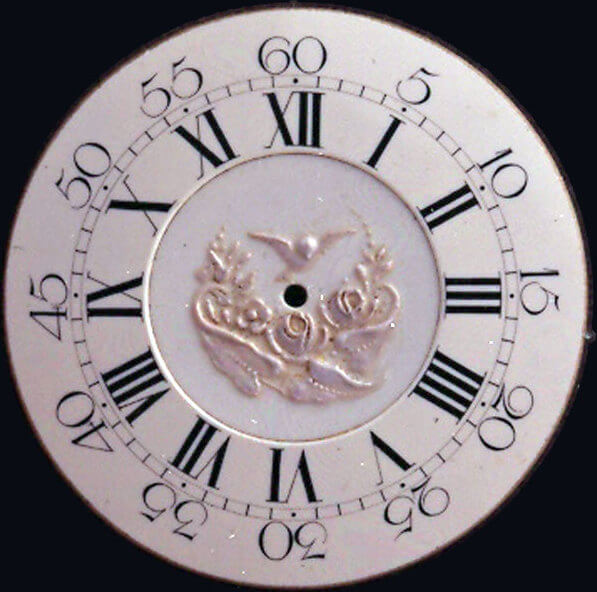
Illegible time
“I wouldn’t want to own a watch that measured the seconds, to see my life going by in tiny pieces, wrote Madame de Sévigné. And so it was not until the nineteenth century, when the cylinder then lever escapements allowed for greater accuracy than the pallet lever of centuries past, that the seconds hand became more widespread,” explains Dominique Fléchon. “Between 1750 and 1775, only the minutes of the quarter-hour were shown until they slowly disappeared altogether. This illustrated a gradual acceptance of time measurement, further demonstrated when markers replaced all or some numerals in the early twentieth century, and by the appearance in the 1960s of dials with no numerals or markers at all.”
The wristwatch reflects a transformation in lifestyles, mentalities and habits, bringing with it new technical solutions and revolutionary aesthetics compared with pocket timepieces. Dials keep pace with fashion, exploring new styles and, over the decades, drawing on techniques such as phosphorescence, electroplating, brushing, stamping and engine-turning to enhance their appearance. Ever since the revival of mechanical movements in the 1990s, watches have given pride of place to complications and, more recently, to the most extravagant displays. Almost as though telling the time was now too trivial an affair to concern such talented watchmakers as the team behind the Cabestan. Many “fashion” watches, such as the Nooka and the Abacus, have made originality their calling card. Meanwhile, in the world of luxury (Hublot Big Bang All Black) and prestige (Hamilton Belowzero) timepieces, certain firms are intent on creating almost illegible dials. Can this “absence of time” be seen as the logical sequel to past efforts to render time available to everyone, everywhere? Probably yes. But like any other undertaking in the watchmaking world, it can only be truly understood in the light of this fact: that the watch is a masterpiece of micromechanics, irrespective of dial or display.








